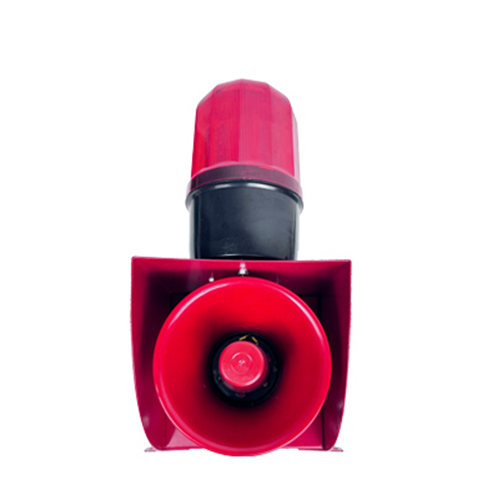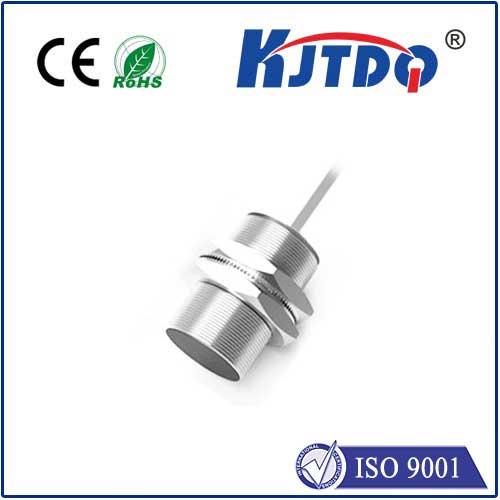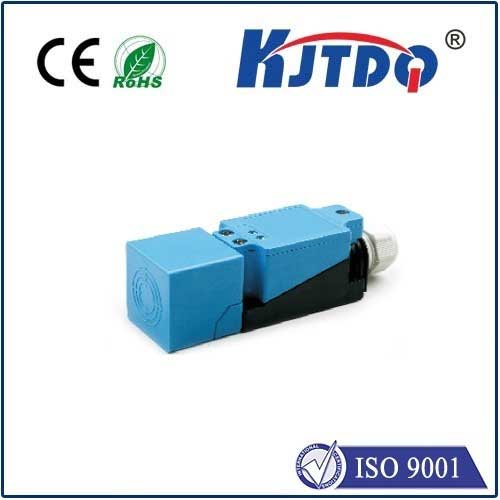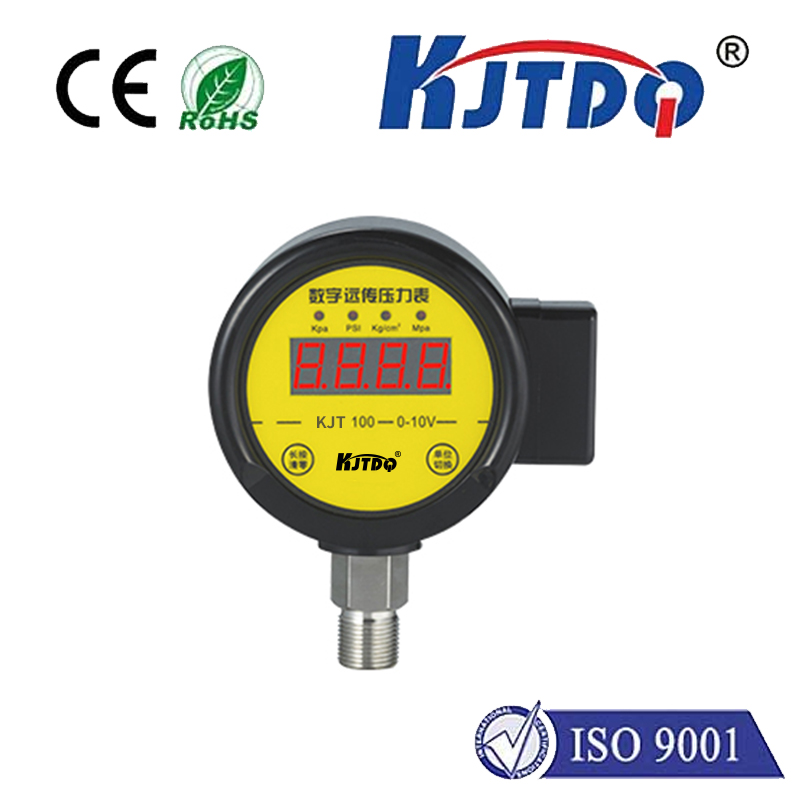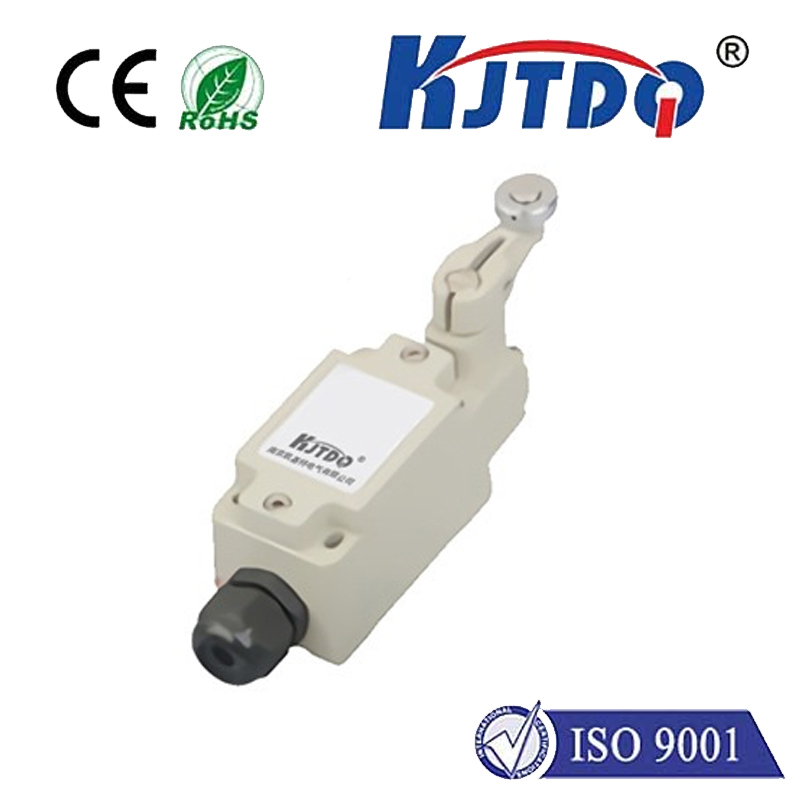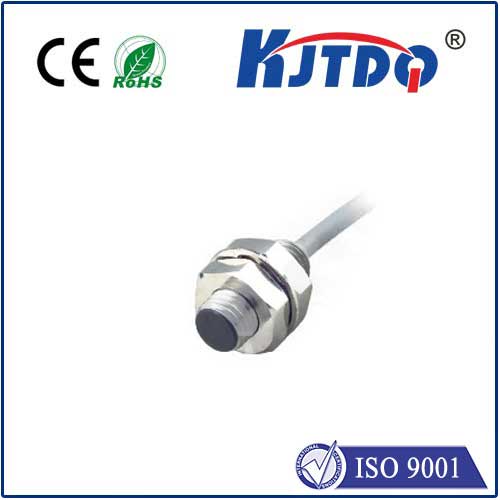The Evolution of VCSEL Sensors: Revolutionizing Sensing Technology In the ever-evolving world of technology, VCSEL sensors have emerged as a game-changer, transforming the way we perceive and interact with the world around us. These tiny yet powerful devices are at the forefront of innovation, driving advancements in various industries, from healthcare to automotive, and beyond. But what exactly are VCSEL sensors, and why are they creating such a buzz? Let’s dive into the fascinating world of Vertical-Cavity Surface-Emitting Laser (VCSEL) sensors and explore their impact on modern sensing technology.
VCSEL sensors are a type of semiconductor laser diode that emits light vertically from its surface, as opposed to edge-emitting lasers. This unique design allows for more efficient and precise light emission, making them ideal for a wide range of sensing applications. The VCSEL technology has been around since the 1980s, but recent advancements have catapulted these sensors into the spotlight, thanks to their compact size, low power consumption, and high reliability.
One of the key advantages of VCSEL sensors is their exceptional performance in terms of speed and accuracy. Unlike traditional lasers, VCSELs can be manufactured in large arrays, enabling them to cover a broader area with uniform light distribution. This makes them particularly suitable for applications such as 3D sensing, LiDAR, and facial recognition. Moreover, VCSEL sensors are highly energy-efficient, consuming significantly less power than other light sources. This is a crucial factor in the development of portable and battery-operated devices, where power conservation is paramount. Additionally, their compact size allows for seamless integration into a variety of devices, from smartphones to autonomous vehicles.
In the realm of consumer electronics, VCSEL sensors have become indispensable. They are widely used in smartphones for facial recognition and augmented reality (AR) applications. The precision and speed of VCSELs ensure that these features are not only accurate but also user-friendly. For instance, the Face ID technology in iPhones relies on VCSEL sensors to create a detailed 3D map of the user’s face, enhancing security and convenience.

The automotive industry is another sector where VCSEL sensors are making significant strides. They play a crucial role in the development of autonomous vehicles and advanced driver-assistance systems (ADAS). VCSEL-based LiDAR systems are used to detect and measure distances to objects, enabling vehicles to navigate safely and efficiently. This technology is essential for the realization of fully autonomous driving, where real-time sensing and decision-making are critical.
In healthcare, VCSEL sensors are being utilized in various diagnostic and therapeutic applications. They are used in optical coherence tomography (OCT) systems, which provide high-resolution images of the eye, aiding in the diagnosis of retinal diseases. Additionally, VCSELs are employed in wearable devices for monitoring vital signs such as heart rate and oxygen saturation, offering a non-invasive and continuous way to track health metrics.
VCSEL sensors are also transforming industrial automation by enhancing the capabilities of robotic systems. They are used in machine vision systems for precise object detection and quality control. The speed and accuracy of VCSELs enable robots to perform complex tasks with high efficiency, reducing the risk of errors and improving overall productivity.
As technology continues to advance, the potential applications of VCSEL sensors are virtually limitless. Researchers are exploring new ways to harness their power, from improving communication systems to developing smart cities. The integration of VCSEL technology with artificial intelligence (AI) and the Internet of Things (IoT) is expected to unlock new possibilities, paving the way for a more connected and intelligent world.
One of the most promising areas for VCSEL sensors is in the field of telecommunications. As the world transitions to 5G and beyond, the demand for high-speed and reliable communication networks is growing. VCSELs are being investigated as a potential solution for optical communication systems, where they can transmit data at incredibly high speeds over long distances. This could revolutionize the way we access and share information, enabling faster internet connections and more efficient data transfer.
The concept of smart homes and cities is gaining traction, and VCSEL sensors are poised to play a pivotal role in this transformation. They can be used in various applications, such as smart lighting, security systems, and environmental monitoring. For example, VCSEL-based sensors can detect motion and adjust lighting accordingly, enhancing energy efficiency and user comfort. In smart cities, these sensors can monitor air quality, traffic flow, and other environmental factors, contributing to a more sustainable and livable urban environment.
The future of robotics is another area where VCSEL sensors are expected to make a significant impact. As robots become more sophisticated and autonomous, the need for advanced sensing capabilities is increasing. VCSELs can provide robots with the ability to perceive their surroundings with greater accuracy, enabling them to perform complex tasks in dynamic environments. This could lead to the development of more versatile and intelligent robotic systems, with applications ranging from manufacturing to healthcare.
While VCSEL sensors offer numerous benefits, there are still challenges that need to be addressed. One of the main issues is the cost of production, which can be relatively high compared to other sensing technologies. However, as the demand for VCSELs continues to grow, economies of scale are likely to drive down costs, making them more accessible to a wider range of applications. Another challenge is the need for further research and development to improve the performance and reliability of VCSEL sensors. This includes enhancing their thermal management, increasing their output power, and extending their operational lifespan. Addressing these issues will require collaboration between academia, industry, and government agencies to drive innovation and overcome technical barriers. Despite these challenges, the future of VCSEL sensors is bright. Their unique combination of performance, efficiency, and versatility makes them a key enabler of next-generation technologies. As we continue to push the boundaries of what is possible, VCSEL sensors will undoubtedly play a central role in shaping the future of sensing technology. In conclusion, VCSEL sensors are more than just a technological innovation; they are a testament to the power of human ingenuity and the relentless pursuit of progress. From enhancing our daily lives to driving industrial advancements, these sensors are transforming the way we interact with the world. As we look to the future, the possibilities are endless, and the journey of VCSEL sensors is just beginning.
